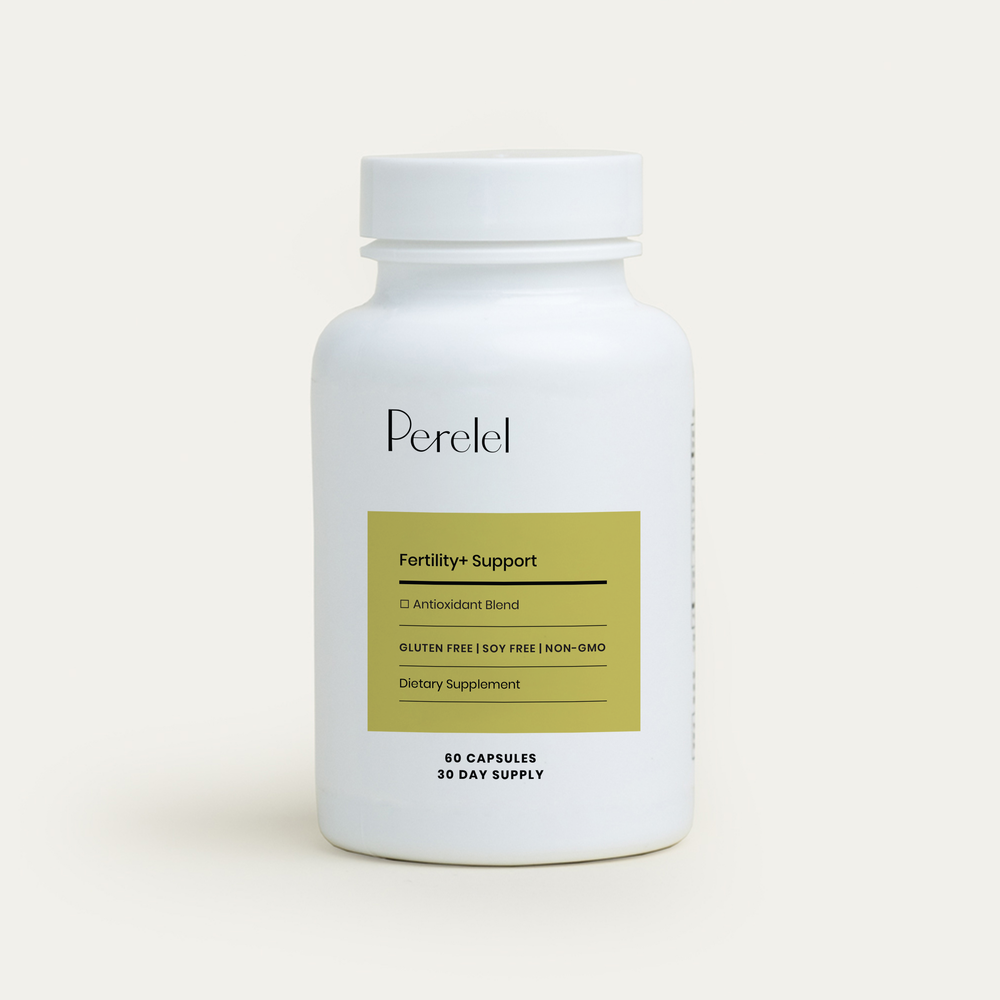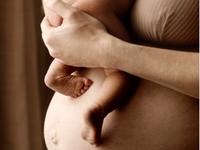By Jessica Lopez
If our work to #NormalizeTheJourney tells us anything, it’s that the path to parenthood has a vast range of normal. While that might make sense to us logically, in the face of challenges like infertility, miscarriage, and postpartum depression, it’s easy to feel very alone. We know because we’ve been there: waiting to get pregnant for years while “everyone” else around us did; holding our breath as the weeks ticked by, hoping all would be healthy this time; feeling heavy with the pain of insurmountable loss; and being stuck in a tunnel of sadness despite the gift of a new baby in our arms.
To help us normalize these experiences for each other, we thought it would be interesting to dig into the hard data. What is normal, anyway?
Read on for some interesting numbers that paint a picture of just how varied the journey can be.
1 Infertility is technically defined as not being able to conceive after one year of unprotected sex.1
6 percent of married women aged 15 to 44 years in the United States are unable to get pregnant after one year of trying.1
12 percent of women aged 15 to 49 have used infertility services.2
20 Miscarriage is defined as the loss of pregnancy less than 20 weeks gestation.3
26 percent of all pregnancies end in miscarriage, it is estimated.3
30 percent of cases of infertility can be attributed solely to the female, 30 percent solely to the male, 30 percent a combination of both partners, and in 10 percent of cases the cause is unknown.7
40 percent of infertile women have depression—twice the percentage of fertile women.4
70 percent to 80 percent of women will experience, at a minimum, the “baby blues.” 9
80 percent of early pregnancy loss occurs in the first trimester.3
90 percent of infertility cases are treatable with medical therapies such as drug treatment, surgical repair of reproductive organs, and assisted reproductive techniques such as intrauterine insemination and in vitro fertilization.7
10,000 The average cost of a single IVF cycle in the U.S. is between $10,000 and $15,000, and is dependent upon insurance coverage, patient characteristics and the treatment center.5
55,000 In the United States, more than 55,000 women give birth to a baby conceived through assisted reproductive technologies every year.6
600,000 1 in 7 women may experience postpartum depression in the year after giving birth. With approximately 4 million live births occurring each year in the United States, this equates to almost 600,000 postpartum depression diagnoses.9
5,000,000 It is estimated that PCOS affects 6 to 12 percent, or as many as 5 million, US women of reproductive age.10
8,000,000 Endometriosis affects an estimated 1 in 10 women, girls, and transgender individuals around the world, which equates to roughly 8 to 9 million sufferers in the U.S.11
We formulated Fertility+ Support with two of the country's leading fertility doctors for those fertility journeys that may need extra support. Add it onto your existing routine with our Conception Support Pack.*
What's your "normal?" Share your journey with us by using #NormalizeTheJourney on social and by joining our community, The Village.
Shop the Article:


Egg Freeze Support Pack*
$41.14 First 3 Mo First 3 Months
- Designed for egg freezing and IVF
- Supports fertility and egg health*


Fertility+ Support
$32.90 First 3 Mo First 3 Months
- Support egg health and ovarian function*
- An antioxidant booster to support a healthy inflammatory response*


Conception Support Pack*
$41.14 First 3 Mo First 3 Months
- Prenatal for those trying to get pregnant
- Supports fertility and egg health*
References:
- Infertility FAQs | CDC
- Infertility CDC
- Miscarriage | NCBI
- Infertile women who screen positive for depression are less likely to initiate fertility treatments | Pub Med
- IVF By the Numbers | Penn Medicine
- What We Don’t Know About IVF | The New York Times
- Infertility Stats You Should Know | Infertility Answers of Baton Rouge
- Pregnancy and Infant Loss | CDC
- Postpartum Depression Statistics | PostpartumDepression.org
- PCOS and Diabetes | CDC
- What is Endometriosis?| EndoMarch.org
This article is for informational purposes only. It is not, nor is it intended to be, a substitute for professional medical advice, diagnosis, or treatment and we recommend that you always consult with your healthcare provider. To the extent that this article features the advice of physicians or medical practitioners, the views expressed are the views of the cited expert and do not necessarily represent the views of Perelel.




















